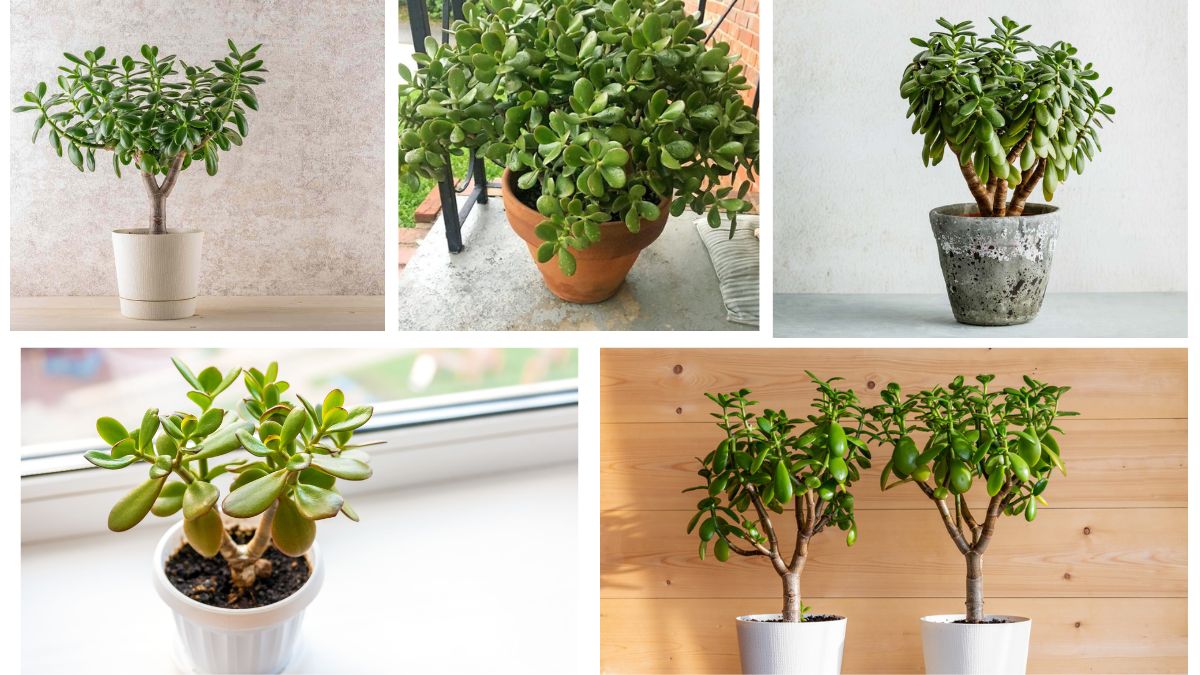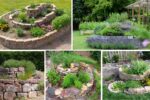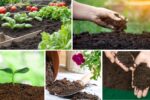The jade plant (Crassula ovata) is one of the most cherished and reliable indoor succulents, loved for its thick, glossy green leaves and its reputation for bringing good luck and prosperity. Native to South Africa and Mozambique, jade plants are hardy, slow-growing, and relatively easy to care for. However, like all container-grown plants, jade plants eventually outgrow their pots or deplete the soil’s nutrients — and that’s when repotting becomes essential.
But how do you know when it’s time to repot a jade plant? Doing it too soon can disturb its growth, while waiting too long can result in root binding, stunted growth, and poor health. This article explores the signs that indicate a jade plant needs repotting, the best time of year to do it, how often it should be done, and the proper steps to ensure your plant remains healthy and beautiful for years to come.
Why Does a Jade Plant Need Repotting?
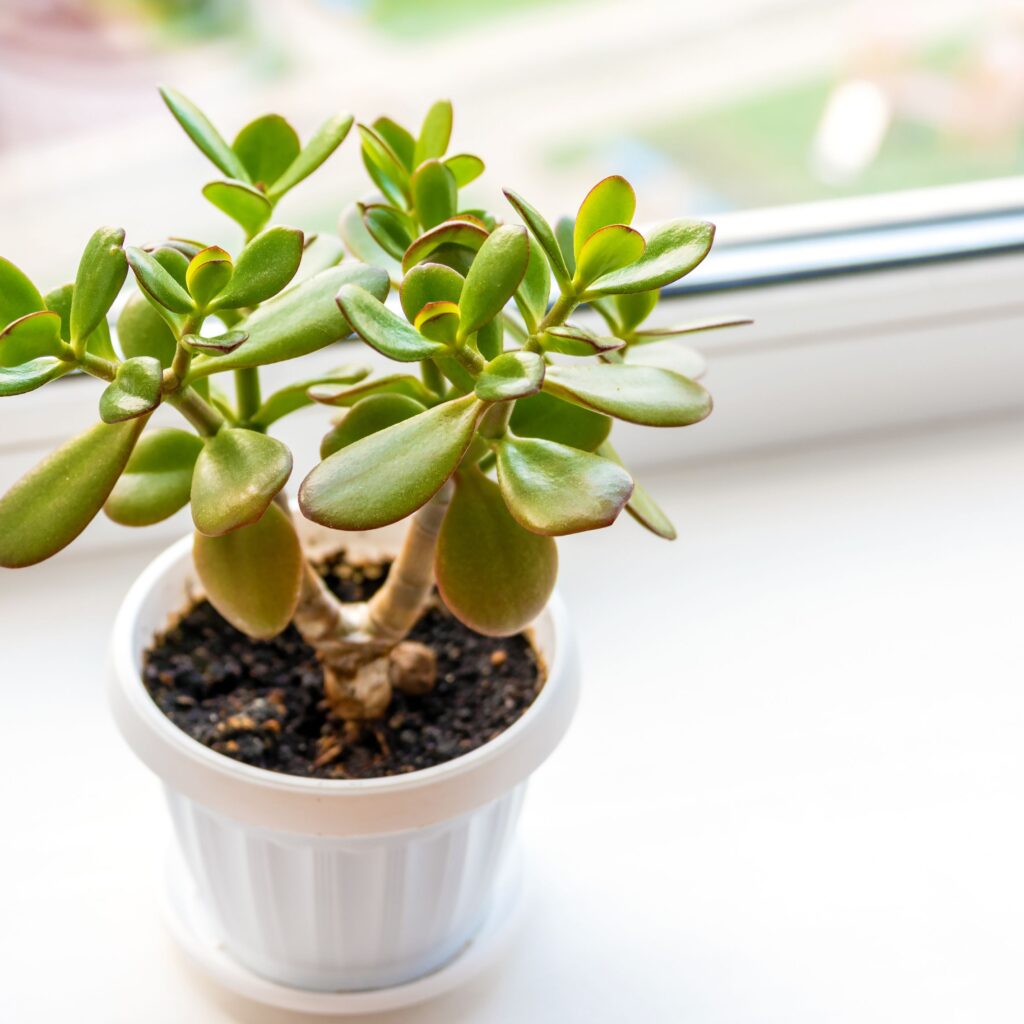
Though jade plants are slow growers, repotting is crucial for several reasons:
- To provide fresh, nutrient-rich soil
- To accommodate root growth and prevent root-bound conditions
- To remove old, compacted, or poorly draining soil
- To inspect and treat root issues like rot or pest infestation
- To encourage overall plant health and stability
Repotting ensures the plant continues to thrive by giving it the proper space and conditions to grow.
Signs It’s Time to Repot a Jade Plant
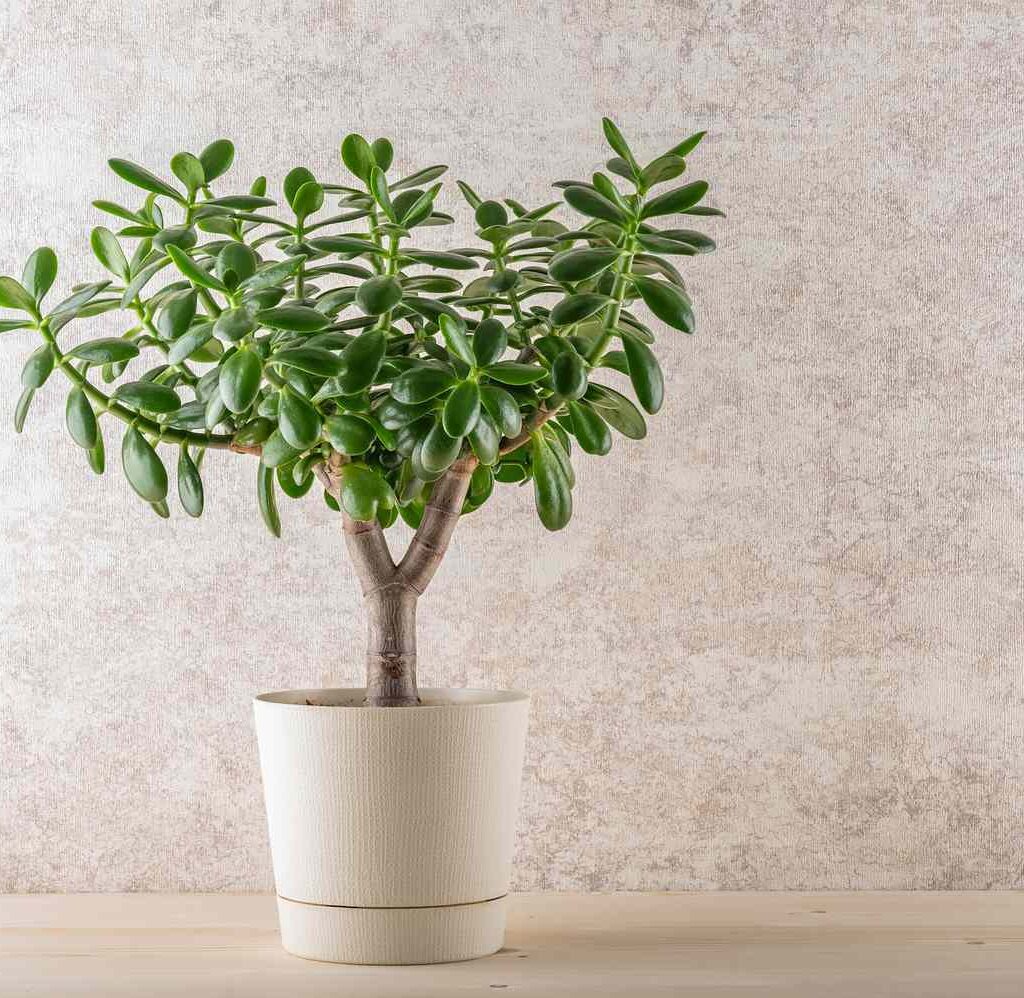
How can you tell when your jade plant is ready for a new home? Watch for these common signs:
Roots Growing Out of Drainage Holes
If you see roots poking through the pot’s bottom drainage holes, it means the roots have outgrown the container.
Water Drains Too Quickly or Too Slowly
Compacted or poor soil may cause water to either drain instantly or pool on the surface, indicating it’s time to refresh the soil and check the roots.
Stunted Growth
If your jade plant’s growth has noticeably slowed during its active growing season (spring and summer), it may be due to crowded roots or depleted nutrients.
The Plant Becomes Top-Heavy
Jade plants develop thick, heavy stems and leaves. If the plant frequently tips over or appears unstable in its pot, it likely needs a larger, heavier container for better balance.
Visible Salt or Mineral Buildup
White crusty deposits on the soil surface or along the pot’s rim are signs of fertilizer and mineral accumulation. Fresh soil can help restore balance.
Signs of Root Rot or Poor Soil Health
If you notice an unpleasant odor, mushy stems, or blackened roots when watering, immediate repotting with fresh, dry soil is necessary.
When Is the Best Time to Repot a Jade Plant?
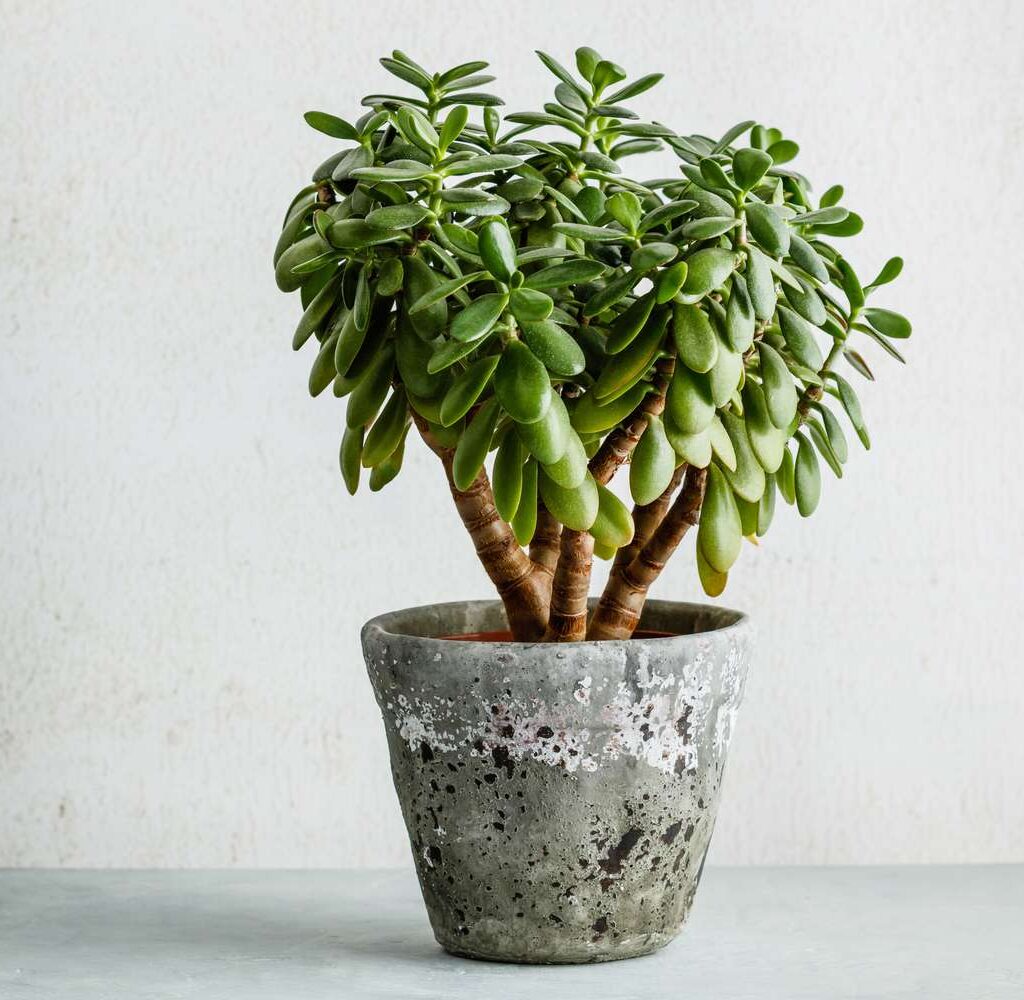
The ideal time to repot a jade plant is in early spring to early summer, during its active growing season. At this time:
- The plant’s growth hormones are active, helping it recover quickly.
- Warmer temperatures and longer daylight hours encourage root development.
- Repotting stress is minimized as the plant is naturally producing new growth.
Avoid repotting in late fall or winter, when the plant is dormant and less capable of handling root disturbance.
How Often Should You Repot a Jade Plant?
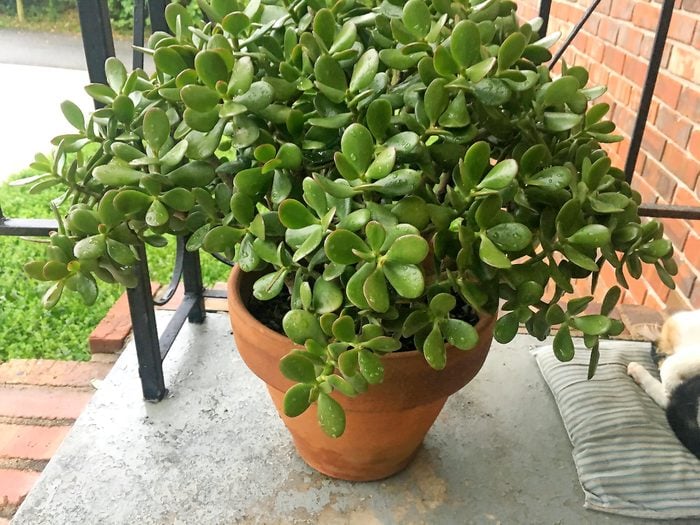
Jade plants grow slowly, so they don’t require frequent repotting. As a general rule:
- Young jade plants (under 3 years old): Repot every 2–3 years.
- Mature jade plants (3 years and older): Repot every 4–5 years, or when necessary based on the signs listed above.
Even if a mature jade plant isn’t outgrowing its pot, replacing old, depleted soil with fresh, well-draining succulent mix every few years is beneficial.
How to Repot a Jade Plant: Step-by-Step Guide
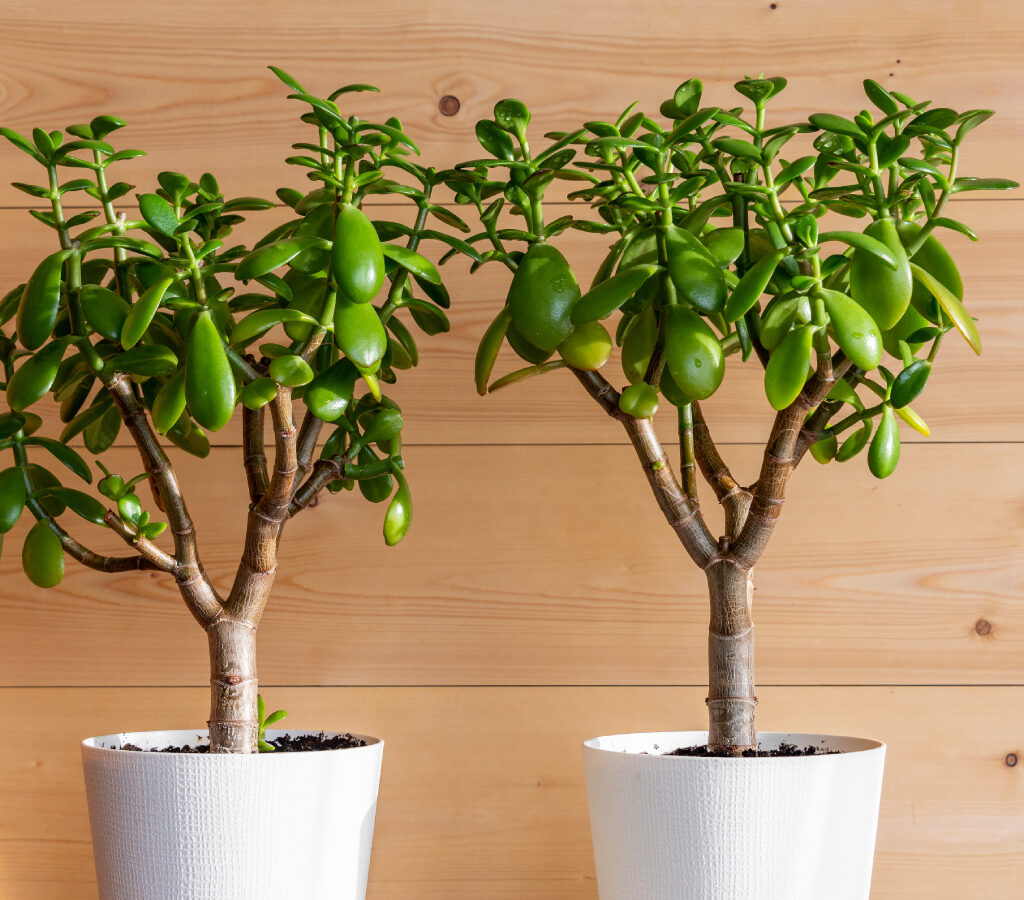
Repotting a jade plant requires care to avoid damaging its fleshy stems and roots. Follow these steps for a successful process:
Materials Needed:
- A new pot (1–2 inches wider than the current one) with drainage holes
- Fresh, well-draining cactus or succulent soil mix
- A trowel or hand shovel
- Gloves (optional, to protect your hands from the plant’s sap)
Repotting Process:
Choose the Right Pot:
Select a container slightly larger than the current pot. Avoid overly large pots as they hold too much moisture, increasing the risk of root rot.
Prepare the New Pot:
Fill the bottom with a layer of fresh, well-draining soil.
Remove the Jade Plant:
Gently loosen the plant from its pot by tapping the sides. Tip the pot on its side and slide out the plant, supporting the base of the stems.
Inspect the Roots:
Trim away any dead, mushy, or rotting roots with sterilized scissors. Healthy roots should be firm and white or tan.
Loosen the Root Ball:
Lightly loosen the outer roots if they’re compacted.
Position the Plant in the New Pot:
Place the plant in the center and fill around it with fresh soil, leaving about an inch of space below the pot’s rim.
Settle the Soil:
Gently press the soil around the base of the plant to secure it but avoid compacting it too tightly.
Wait Before Watering:
Allow the plant to sit for 3–5 days before watering. This gives any damaged roots time to callous over, reducing the risk of rot.
Post-Repotting Care
After repotting:
- Place the jade plant in bright, indirect light.
- Avoid direct, harsh sun for a week.
- Resume regular watering after the initial dry period.
- Hold off on fertilizing for at least a month to prevent root burn.
Choosing the Right Soil for Jade Plants
Soil quality is critical for healthy jade plants. Use a fast-draining, gritty mix designed for succulents and cacti.
Ideal components include:
- Potting soil (40–50%)
- Coarse sand or perlite (25–30%)
- Small gravel or pumice (20–30%)
Good drainage prevents water from pooling around the roots and reduces the risk of fungal diseases.
Conclusion
When should you repot a jade plant?
The key is to watch for visible signs like roots escaping the pot, stunted growth, unstable plants, or poor soil health. The best time to repot is in the spring or early summer, during active growth.
Jade plants only need repotting every 2–5 years, depending on their age and condition. By choosing the right time, using well-draining soil, and following careful repotting steps, you’ll ensure your jade plant continues to thrive for many years — growing stronger, healthier, and even more beautiful with time.
